Reine de Violette Color and Bloom Size
sefah
6 years ago
Featured Answer
Sort by:Oldest
Comments (30)
jerijen
6 years agonippstress - zone 5 Nebraska
6 years agoRelated Discussions
Reine des Violettes & Friends today
Comments (15)Eric, you probably need a Gruss an Aachen AND a Pink Gruss an Aachen. PGaA remains my favorite rose of all. If I could only grow one rose, PGaA would be the one. Patty, some of the time my RdV blooms in pinkish blends too. I never know when to expect these incredible purple blooms to show up, but when I least expect it, there they are. I love this rose when its blooms are pinkish or purple, but the purple are a special treat. I agree with you that the scent is awesome. I just refer to it as "old rose fragrance", because I'm not good at describing them either. Hamp, I hear you about the clematis ... I'm sold on them now. Everyday, I watch the buds on HF Young get bigger and bigger and bigger. The buds on that thing are huge! Yes, 'Thomas Affleck' is a very fine shrub rose. His bloom color can be a little startling during the cool months, but he's a keeper, and softens in color very nicely in hotter weather. Lindy, RdV is a rock star in the garden when she's in bloom. Randy...See Morereine des violettes came back! (etc)
Comments (8)My Reine des Violettes took a while to get established. Now, years later, it's actually a remarkably tough rose in my garden, surviving quite well with my occasional neglect. Don't give up, she hasn't been around since 1860 without reason! I refuse to garden without her. At this moment, on our master bathroom counter, there is a perfect single RdV bud in a vase with her unique foliage all the way up to the bud. The bud hasn't even fully opened up yet, and you can already take in the legendary RdV fragrance. Randy...See MoreReine des Violettes rose is pink July 9
Comments (7)Kathy, yes, it can be QUITE variable due to heat, intensity of light, alkalinity/acidity, probably much like a Ficus Benjamina...if it doesn't like the color of your blouse, it will change. Here in the SoCal mid desert, the purple colors depended upon perfect temperatures and MUCH amending of the soil to acidify conditions from our highly alkaline ones. Having it throw pink (or even white) flowers isn't odd for this rose. Check your acidity and increase it if it's more toward the alkaline range. You'll have MUCH better purple tones from it if you do, and the temps go back down into her comfort range. Kim...See MoreQuestions About Reine des Violettes
Comments (27)Jeri, yes, that would be great to see it grown as a big standard. I've never tried that with a rose before ... may give it a try some time. Terry, yes the teepee is made from three pieces of 8 feet long reebar, stuck into the ground about 1.5 feet. I simply secured it at the top with one of those heavy-duty plastic slip-notch ties, and it's held it secure. Wire could easily be used as well. The main canes of the rose are also attached to the bars with similar slip-notch ties, which are black and hardly noticeable through the foliage. This rose has been a perfect specimen for a teepee. I had thought about trying my Paul Neyron on a similar teepee, but Paul is never full enough or leafy enough to look good. So, I prune PN instead. I used to grow the tea rose, Adam, and thought about trying the reebar teepee approach with him. But I found out quickly that Adam would have overwhelmed the teepee and probably swallowed it whole. Of the roses I've grown, RdV is the one that fits this method nearly perfectly for my garden/climate/soil. I'm sure there are other roses out there too though that would suit it. Randy...See Morejerijen
6 years agonippstress - zone 5 Nebraska
6 years agoMelissa Northern Italy zone 8
6 years agoAquaEyes 7a NJ
6 years agolast modified: 6 years agoLisa Adams
6 years agofduk_gw UK zone 3 (US zone 8)
6 years agojerijen
6 years agosefah
6 years agoUser
6 years agolast modified: 6 years agojerijen
6 years agoUser
6 years agolast modified: 6 years agoAnna-Lyssa Zone9
6 years agolast modified: 6 years agovesfl (zone 5b/6a, Western NY)
6 years agojerijen
6 years agolast modified: 6 years agojerijen
6 years agoUser
6 years agoUser
6 years agolast modified: 6 years agoAquaEyes 7a NJ
6 years agoMelissa Northern Italy zone 8
6 years agoUser
6 years agolast modified: 6 years agovesfl (zone 5b/6a, Western NY)
6 years agolast modified: 6 years agojerijen
6 years agoUser
6 years agojerijen
6 years agoUser
6 years agoUser
6 years agojerijen
6 years ago
Related Stories

GARDENING GUIDES6 Captivating Roses for an Alluringly Fragrant Garden
Perfume your garden with aromas from richly spicy to lightly sweet, without sacrificing an inch of color
Full Story
GARDENING GUIDESWhat Kind of Roses Should You Grow?
Want to add the beauty of roses to your garden? Find out which ones, from old-fashioned to modern, are right for you
Full Story
FALL GARDENINGReflecting on a Gardening Year
Mistakes and successes, surprises and comforts. The garden helps us grow in new ways every year
Full Story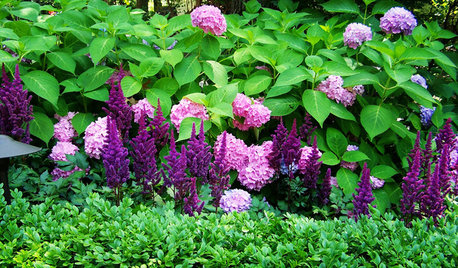
FLOWERS9 Plants That Channel Pantone’s Color of 2014
Try these pinkish-purple wonders to be right on trend — or just for their own captivating beauty
Full Story
SELLING YOUR HOUSESell Your Home Fast: 21 Staging Tips
Successful staging is key to selling your home quickly and at the best price. From cleaning to styling, these tips can help
Full Story



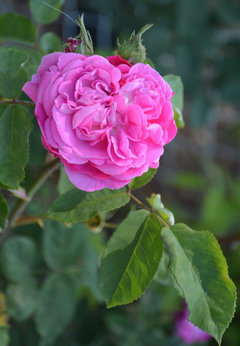


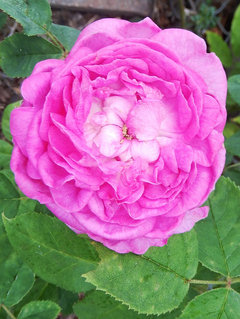


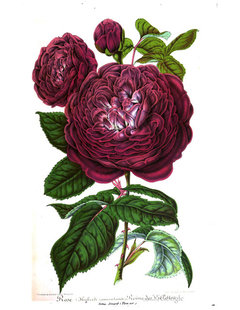


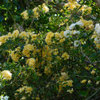

seil zone 6b MI